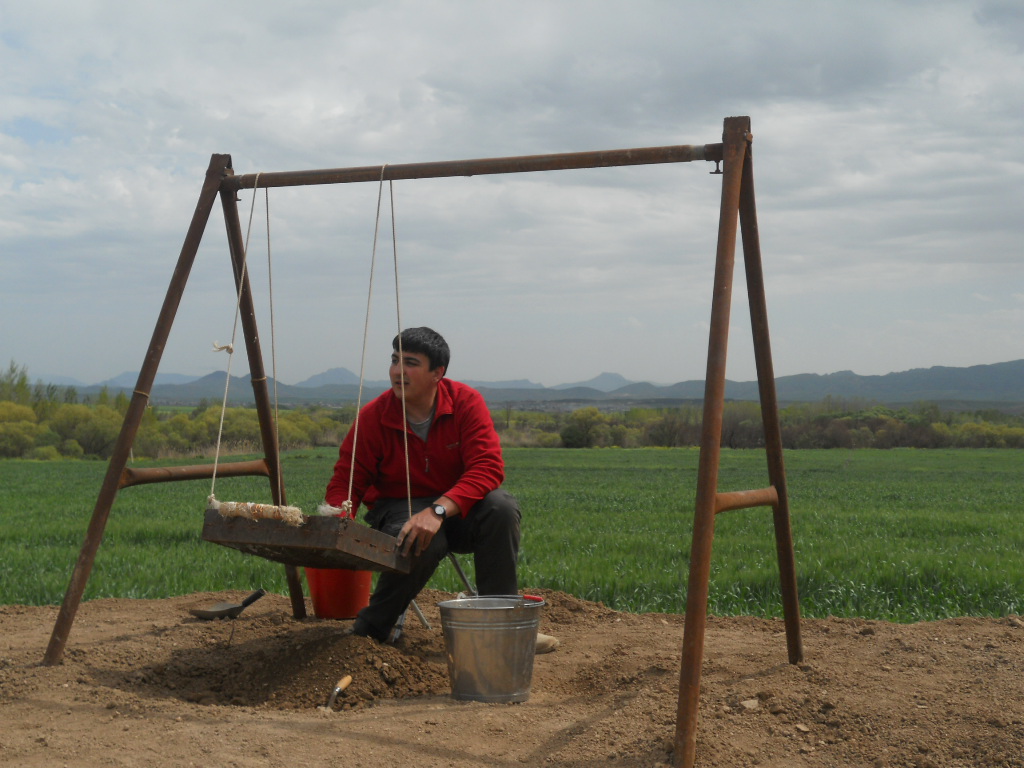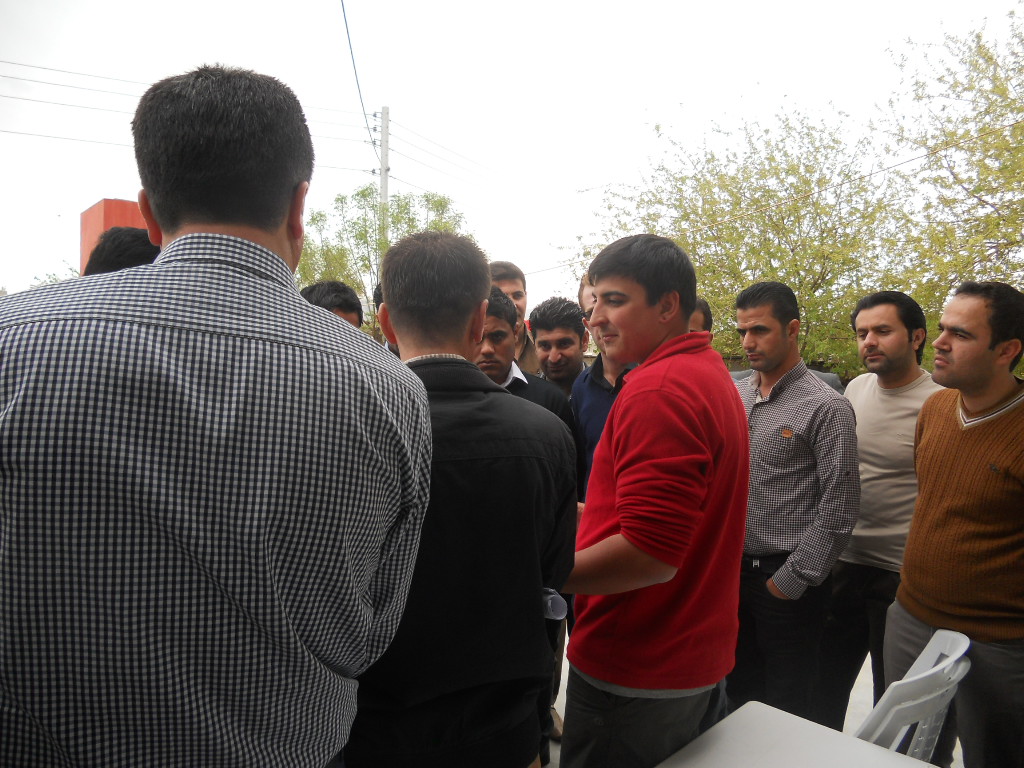If the blog has seemed quiet for a little while it’s because Museum Studies at Reading went international during the Easter vacation. The first trip was with the Department of Archaeology’s Central Zagros Archaeological Project (CZAP). As you’ll see Kurdistan is beautiful in the spring and the people were extremely welcoming. I was over there to give some advice on the ‘public archaeology’ side of things and to explore the potential to develop some interpretation with and for local people.
The CZAP project focuses on the Central Zagros region of west Iran and east Iraq and explores the beginnings of the Neolithic. The project combines techniques from archaeological science and social archaeology to understand the move to farming in this area of the Fertile Crescent. Some of the earliest layers are 9700 years old so specialists are looking for tiny traces of past activity using techniques such as micro-morphology.
This kind of project difficult to explain to non-specialists. One of my dissertation students Mat Britten (pictured above) was also on the trip as part of his research into public understanding of archaeological science – specifically micro-morphology. He is lucky to have micro-morph expert Dr Wendy Matthews as his other supervisor. She is extremely well versed in trying to explain this process to archaeologists and non-archaeologists alike.
With Mat and the rest of the team helping I tried to see what we could do on the interpretation front. The local city of Sulaimaniyah (you’ll find lots of spellings and pronunciations of this) has a fantastic museum which recently received UNESCO funding for some refurbishment. We worked with their staff to bring in teachers and create resources in Kurdish.
In the UK something like this would probably take years to organise but the Director of Education for the region managed to get 28 teachers and 5 regional supervisors to the site only 4 days after we approached him with the idea. It was really impressive to see this level of commitment to archaeology, and the teachers seemed as interested in the behind the scenes science labs as they were in the site itself.
Later in the season the chemistry teachers in the region also visited to find out more about the scientific processes being undertaken by specialists on site. Mat and another member of the team Hawar managed to put together a simple but effective flyer explaining the site in English and Kurdish for the second visit which can be used again in the future.
I had a wonderful time in Bestansur. The Reading and the local team were extremely welcoming and the site itself was fascinating. From interviewing local workers we found that there is a great deal of regional pride in the results of this excavation. As the dig went on more and more people came to visit. The region is focusing a lot of energy on its archaeology and history at the moment. It will be interesting to see how the site develops over the next few years.







